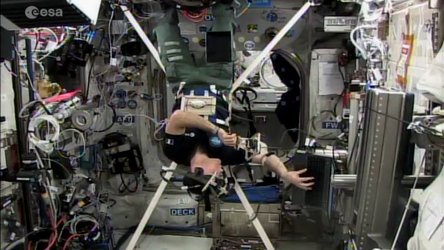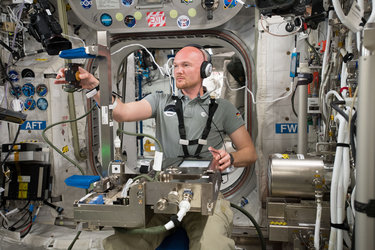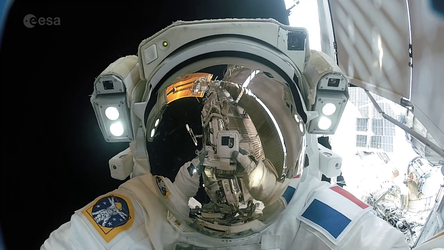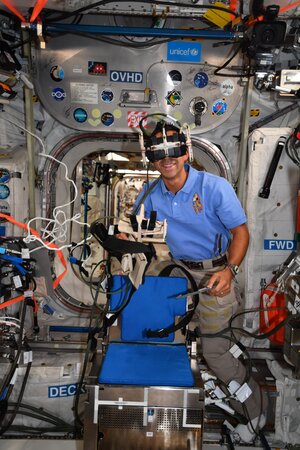
Gripping experiment in space
ESA astronaut Thomas Pesquet running the Grip experiment during his six-month Proxima mission on the International Space Station in 2017.
The Grip experiment studies the effects of weightlessness on the abilities of astronauts to regulate fine grip force and reaching for objects with different movements. Thomas is seen in this video grasping for objects in different ways with eyes open and closed.
Astronauts often perform delicate manoeuvres on small objects, and calculating how living in weightlessness influences their grasp and fine motor controls is important in an environment that allows little room for error.
Researchers suspect that, on Earth, the brain uses the sensations caused by gravity as a reference. When reaching for an object, for example, the brain will calculate how far your hand is by using visual clues as well as how much your shoulder muscles need to counteract the downward force of gravity and keep your arm straight.
These experiments are helpful to engineers designing prosthetic limbs on Earth.
The video is sped up 30 times.
More about the Proxima mission: http://www.esa.int/proxima
Connect with Thomas Pesquet: http://thomaspesquet.esa.int






